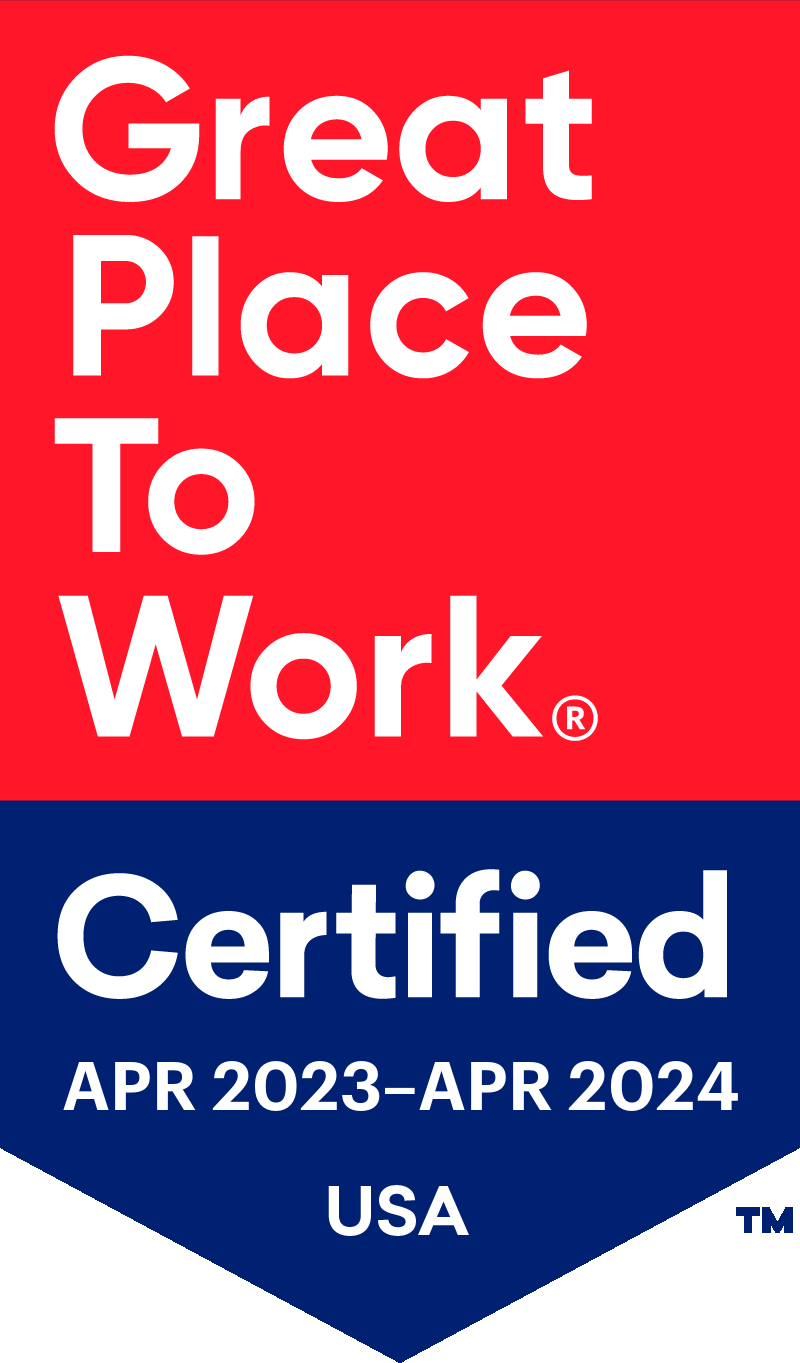What to Consider When Evaluating Modern Hospice and Palliative Care Software
Part 4: Security and Compliance
When it comes to hospice and palliative care, the importance of maintaining the confidentiality, integrity and availability of sensitive patient data cannot be overstated. Any breach or compromise can have severe consequences, including legal repercussions, loss of patient trust, and financial penalties. Therefore, when it comes to hospice and palliative care software, it is imperative that your vendor adheres to the highest industry standards, safeguarding sensitive patient information and ensuring that your organization remains compliant with regulatory requirements. It is essential that you trust in your vendor’s commitment to data integrity and confidentiality. As we continue our series of What to Consider When Evaluating Modern Hospice and Palliative Care Software, in part four we are covering what you must know to properly perform due diligence in the area of security and compliance.
To review, the Seven Core Categories are:
- Comprehensive Patient Management
- Effortless Care Coordination
- Advanced Reporting and Analytics
- Security and Compliance
- User-Friendly Interface
- Modernized Technology
- Dependable Support
When it comes to security and compliance, there are key features to look for when evaluating whether your software is up to par and whether a new solution has what you need.
Key Security Features to Look For:
- Data Encryption: Ensure that the software uses robust encryption protocols both in transit and at rest. This means that patient data is encrypted when being transmitted over networks and when stored on servers.
- Access Controls: The software should offer granular access controls, allowing you to define who has access to specific types of data. Role-based access controls (RBAC) are essential for limiting data access to only those who need it.
- Regular Security Audits: Your software provider should conduct regular security audits and vulnerability assessments to identify and mitigate potential risks. Ask for evidence of these audits and any certifications they hold.
- Multi-Factor Authentication (MFA): Implementing MFA can significantly enhance security by adding an additional layer of verification when users log in.
Compliance with Regulatory Requirements
Compliance is not just about adhering to laws; it’s about ensuring that your organization operates within the frameworks designed to protect patient rights and data. Here are the key regulations you should be aware of:
- HIPAA Compliance: The Health Insurance Portability and Accountability Act (HIPAA) sets the standard for protecting sensitive patient data. Any software used in hospice care must be HIPAA-compliant, which means it must have necessary safeguards to ensure the privacy and security of protected health information (PHI).
- GDPR: If your organization handles data from European patients, compliance with the General Data Protection Regulation (GDPR) is essential. GDPR mandates stringent data protection measures and gives patients greater control over their personal data.
- CMS Guidelines: The Centers for Medicare & Medicaid Services (CMS) have specific guidelines for hospice care providers. Ensure that your software helps you stay compliant with CMS requirements, including accurate reporting and documentation.
- State Regulations: Different states may have additional requirements for data security and patient privacy. Your software should be adaptable to meet these varying regulations.
Questions to Evaluate Your Current System
We’ve composed some key questions to evaluate your current system and new solutions you may be considering. You may even add your own questions to the list as you think more critically about your organization’s unique needs.
- How is your data stored? Is it truly cloud-native? More infrastructure leads to more compliance risks.
- How easy is it for the solution to support audits?
- Does the solutions support personalized patient care planning?
Choosing hospice and palliative care software is a significant decision that impacts the efficiency, security, and compliance of your organization. By prioritizing software with strong security features and robust compliance support, you can protect sensitive patient data and maintain the trust of those you care for.
How Curantis Solutions Has You Covered
At Curantis Solutions, security and compliance is at the foundation of our solution and is thoughtfully considered with every new enhancement. Our hospice and palliative care software is structurally different from the ground up. We utilize Amazon Web Services (AWS), hold three technology patents, and have a modern, event-driven architecture which allows us to focus more on new feature development and quickly respond to change. Unlike other systems that are brittle and rigid by design, our system is infinitely more flexible, scalable, resilient, and nimble at managing and moving data, allowing us to bring a truly innovative approach to your greatest challenges.
Our commitment to staying at the forefront of technology ensures that your investment remains future-proof, continuously evolving to meet your ever-changing needs. With our dedication to innovation, you can trust that your decision today will pay dividends in the long term, keeping you ahead of the curve and maximizing the value of your investment.
Download our Technology FAQ to learn more about how Curantis Solutions keeps you ahead of the curve when it comes to security and compliance.
For a deeper dive into selecting the right hospice software, download our Ultimate Hospice Buyer’s Guide to Modern Software, download here.
Start your journey towards enhanced patient experiences with Curantis Solutions. To schedule a demo, visit www.curantissolutions.com





